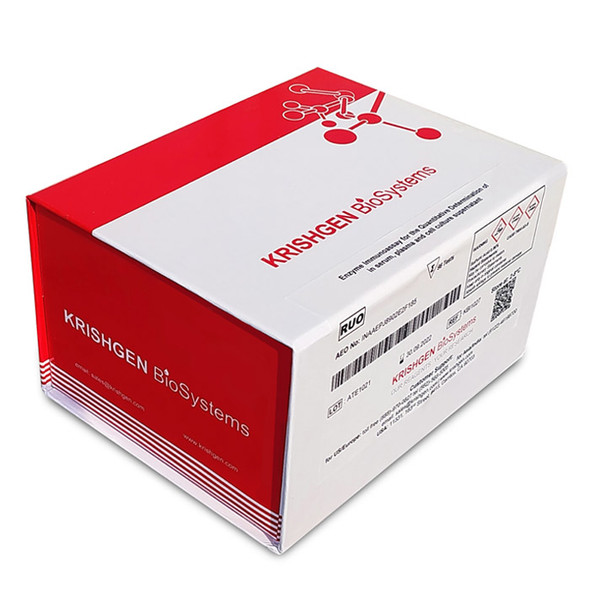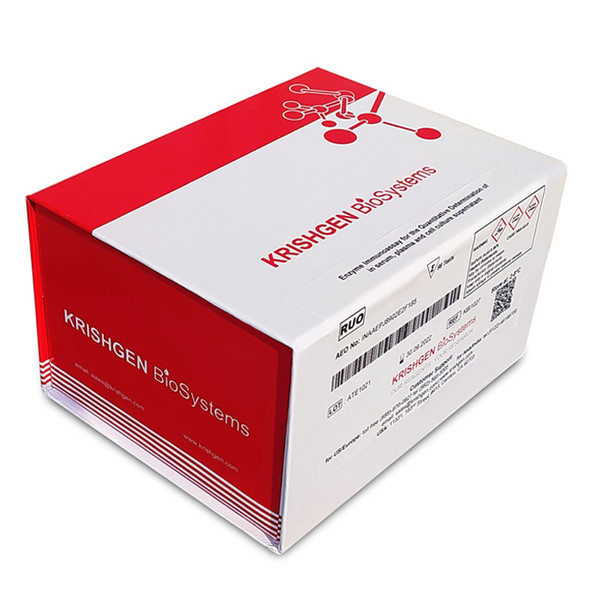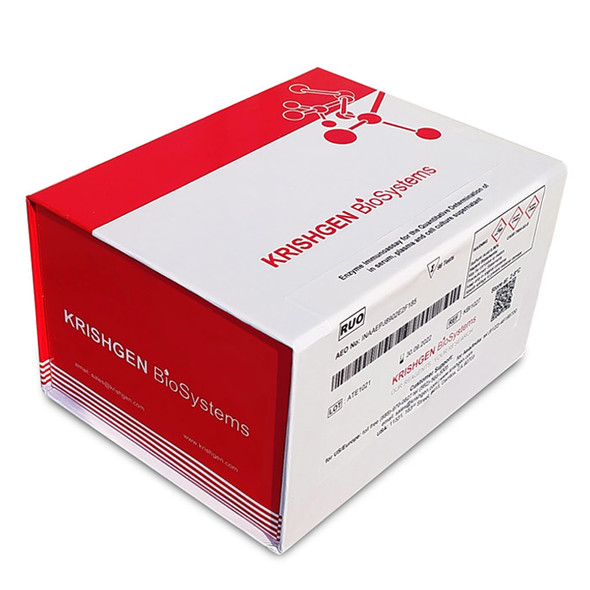Description
Semaglutide, sold under the brand name Ozempic among others, is an anti-diabetic drug used for the treatment of type 2 diabetes and long-term weight management. As a glucagon-like peptide-1 receptor agonist, it lowers the blood sugar level by increasing the production of insulin. GLP-1 receptor agonist medicines, also called incretin mimetics, are a type of incretin-based medicine for type 2 diabetes. This type of medicine is based on the action of hormones called incretins, which help control how the pancreas works. One type of incretin, called GLP-1, causes your pancreas to produce more insulin after you eat and helps keep blood glucose levels in the normal range.
It was discovered in 2012, by a team of researchers at Novo Nordisk as a longer-acting alternative to liraglutide. Clinical trials were started in 2015, and phase 3 was completed in 2016. FDA approval was applied in December 2016, and in October 2017 FDA Advisory Committee voted 16-0 in favor. It can be used as both injection-type or oral-type drug.
Principle of the assay: The Semaglutide ELISA is a competitive immunoassay for the determination of Semaglutide. The anti-GLP-1 antibodies are coated on 96 well plate. A constant concentration of Biotinylated GLP-1 and varying concentration of unlabeled Semaglutide or sample compete for binding to anti-GLP-1 antibodies. Captured Biotinylated GLP-1 antibodies are subsequently bound by Streptavidin-HRP which produces a soluble colored product after addition of TMB substrate. The enzyme reaction is stopped by dispensing of stop solution into the wells. The optical density (OD) of the solution at 450 nm is inversely proportional to the amount of bound Semaglutide molecule present in standards or samples.
Additional Information
Size: |
96 wells |
Calibrator Range: |
0 ng/ml-3000 ng/ml |
Sensitivity: |
50 ng/ml |
Sample Type: |
serum and plasma |
Reactivity: |
Human |
Shipping Condition: |
2 - 8 Deg C |
Detection Method: |
Colorimetric |
Usage: |
For Research Use Only |









